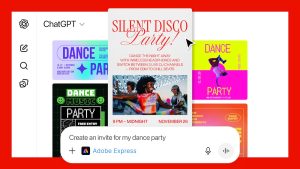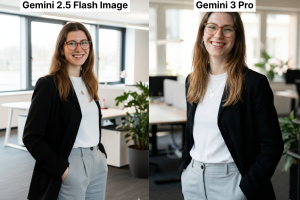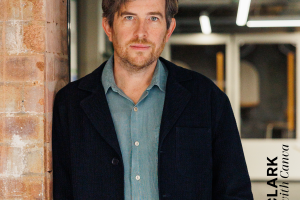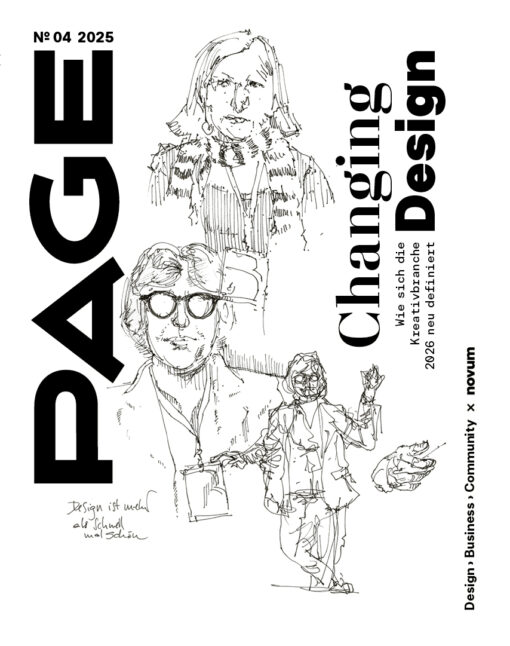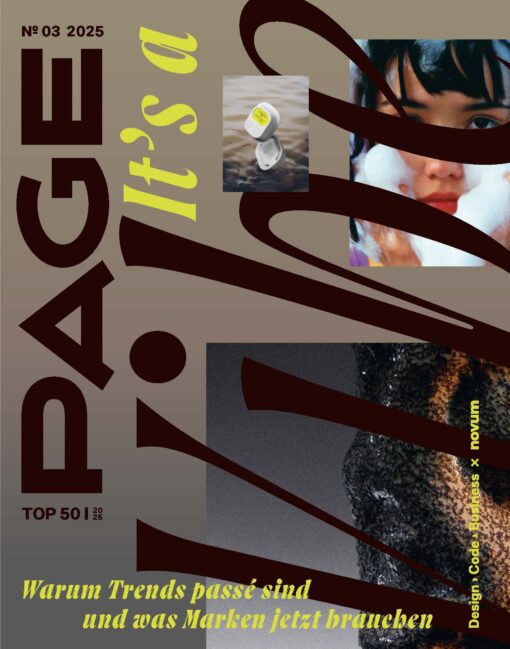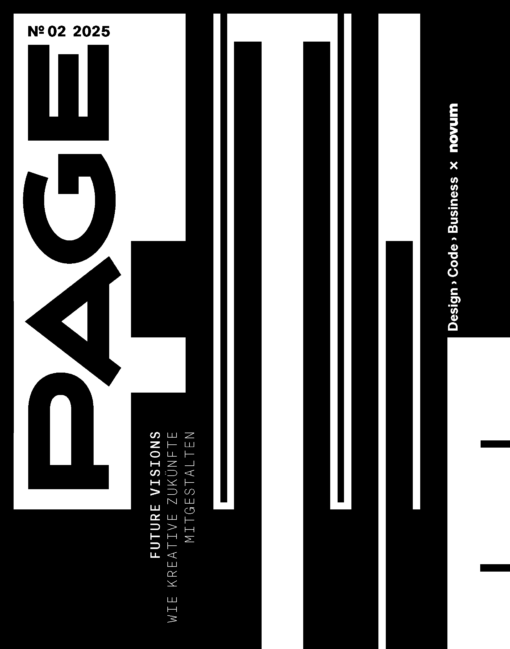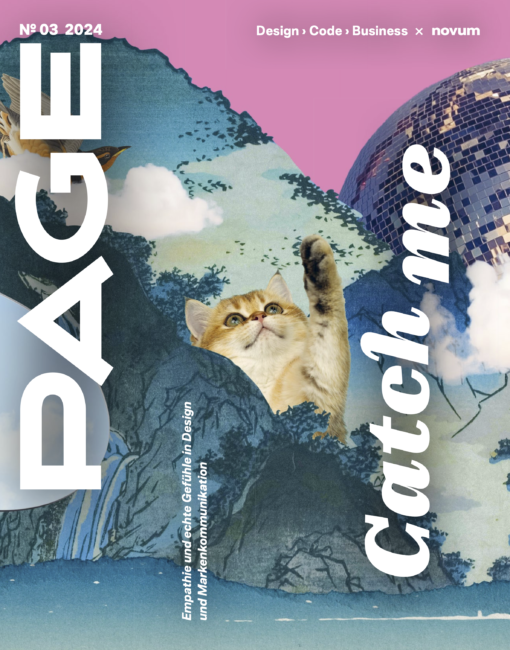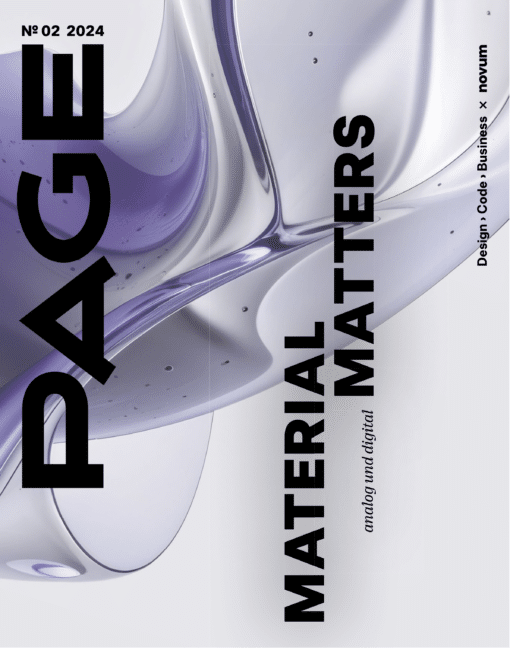
»To me, the users are not abstract but real people that got hurt«
Caroline Sinders is a machine-learning researcher, designer and artist. She works for clients ranging from IBM and Mozilla to Amnesty International and the United Nations. But however diverse her clientele, her focus is always on human rights and activism.
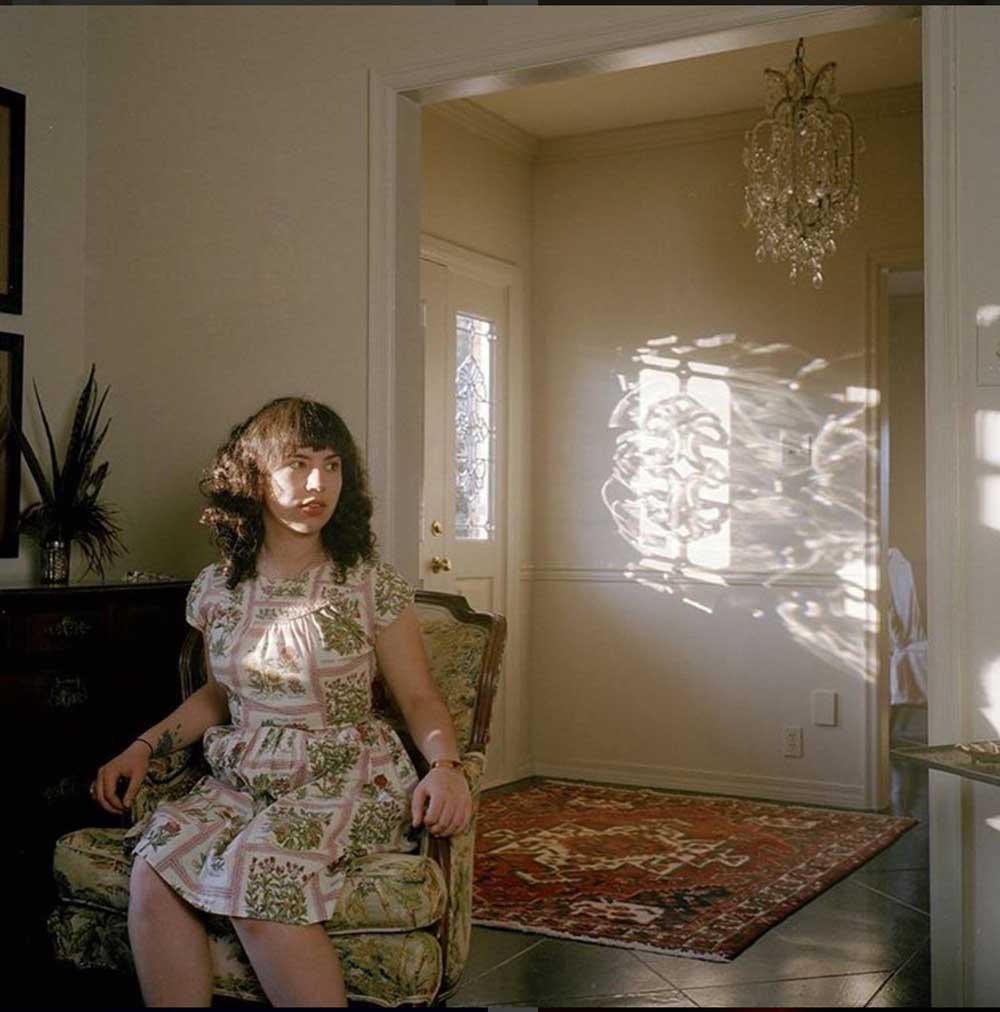
It’s hard to decide where to begin when looking at the work of Caroline Sinders and at the idealism and resilience it takes to dive into the abyss of hate speech and conspiracy theories like she does. Instead of despairing, the Louisiana born who lives in London right now, makes her findings available to interested parties or turns them into research driven art. She is a member of the non-profit media collective Unicorn Riot and shows her art at Tate Modern, MoMA PS1 and Ars Electronica. We’re talking about her online investigations, about feminism and AI, data sets of cypress trees and why art is a perfect tool for understanding the mechanisms of the digital world.
You’re known for your work as a machine-learning-design researcher and artist. But you started out as a photojournalist. How did you get into technology ethics?
Caroline Sinders: I’ve always been interested in technology. I just didn’t know how to make that my job. When I went to high school in the early 2000s, they didn’t understand technology enough to recommend going into user research, into experience design, or that you can do a major in political science and focus on the internet. As I had already won some awards for my pictures, I studied photography at NYU and combined it with ethnographic research, showing people and communities and the issues they face.
- 3 Monate unbegrenzter Zugriff auf alle PAGE+ Inhalte
- PAGE-Update-Newsletter
- 3 x PAGE Impuls
- 1 PAGE Magazin frei Haus und digital als E-Paper
- Digitales Heftarchiv bis 2012
- Zusätzlich mehr als 100 eDossiers zu Spezialthemen
- Newsletter Daily und Weekly
Das könnte dich auch interessieren





